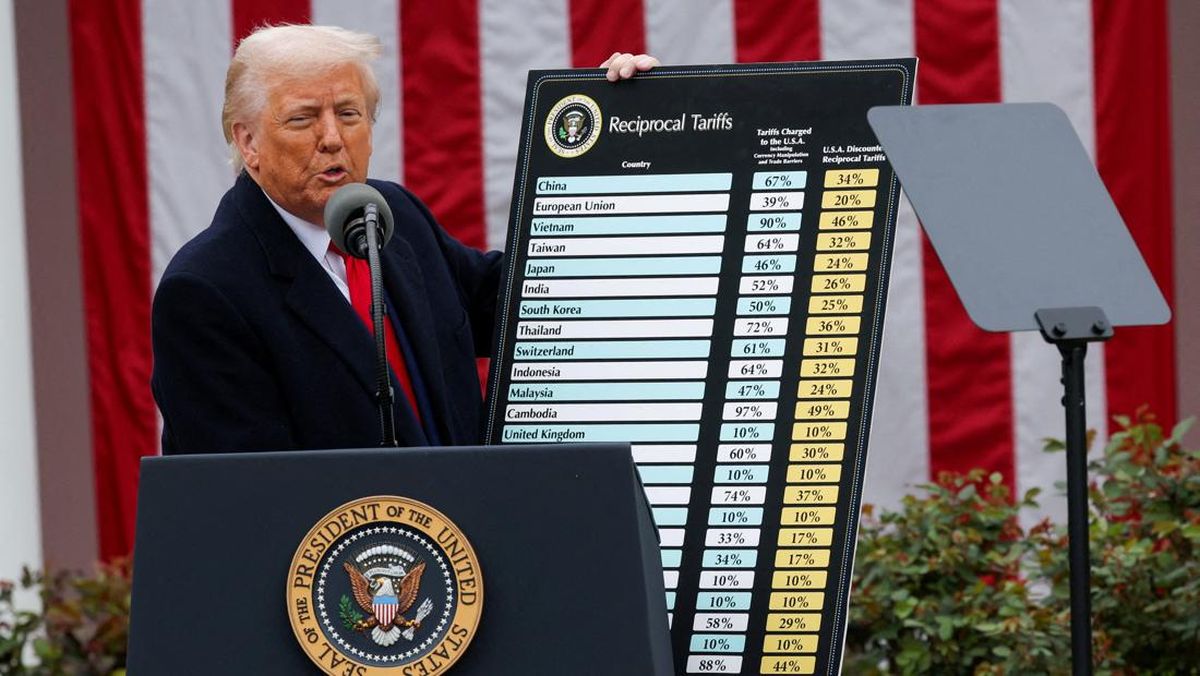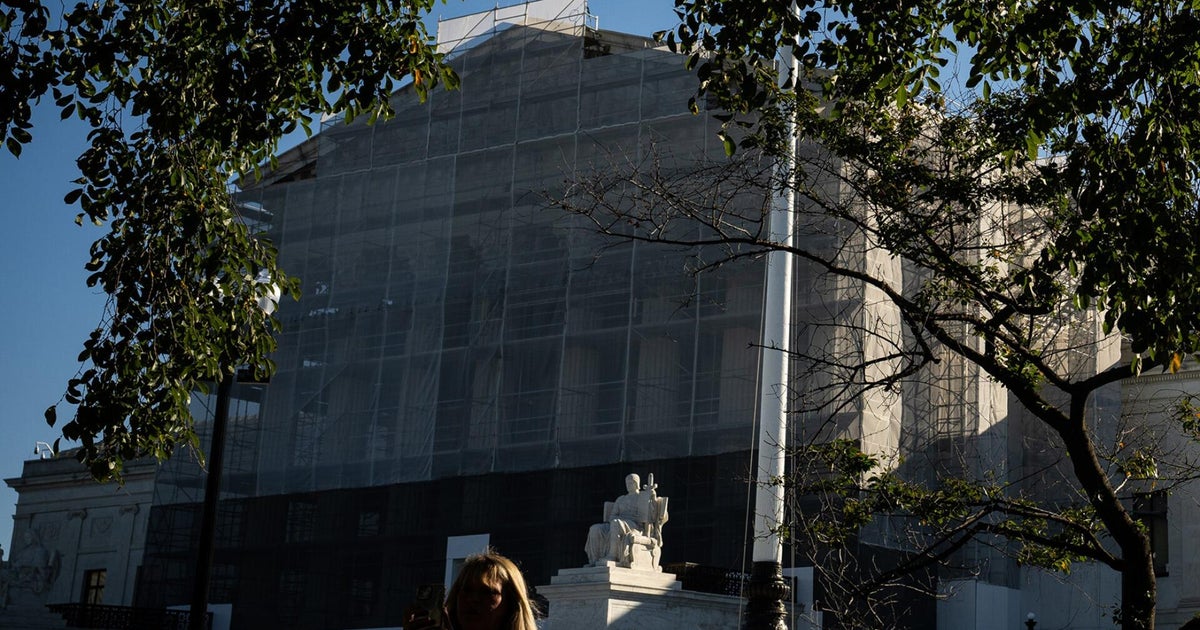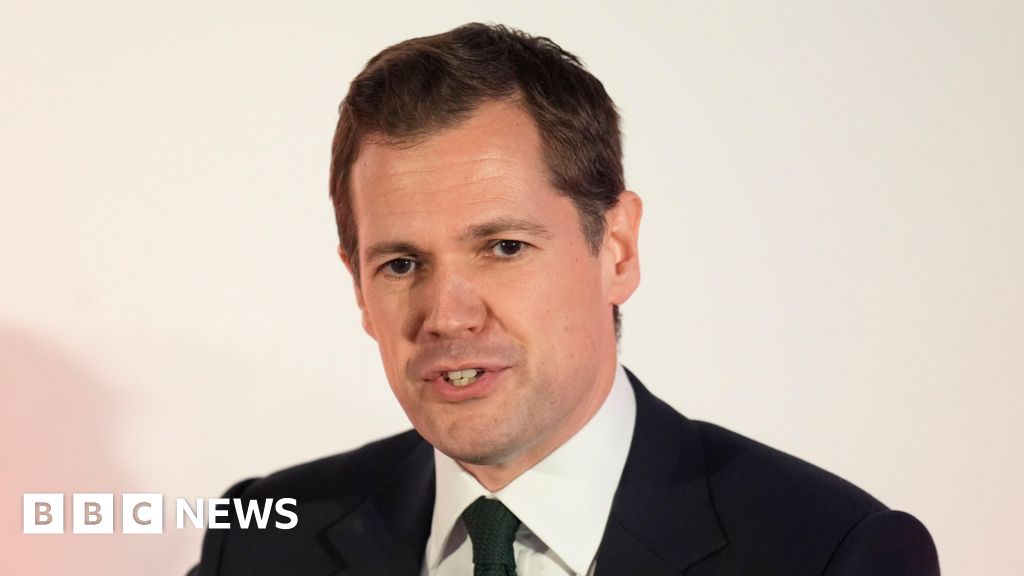 HELOC costs are set to decline further now that the Federal Reserve is cutting interest rates again.
Getty Images/iStockphoto
HELOC costs are set to decline further now that the Federal Reserve is cutting interest rates again.
Getty Images/iStockphoto
Withdrawing $150,000 out of your hard-earned home equity may not be a decision you'd make in a traditional economic climate. But the economy of October 2025 is a unique one, positioning homeowners in need of extra financial support to consider alternative funding sources. A home equity line of credit (HELOC), in particular, may be one of their more attractive options.
For starters, the average home equity level is now over $300,000, so a line of credit of this size won't drastically exhaust the equity that many would prefer to keep as backup. And, with an interest rate cut just issued in September and others largely anticipated for when the Federal Reserve meets again later this month and in December, a HELOC is set to become even more affordable. That's thanks to a variable rate, which can change monthly based on market conditions. More rate cuts will equate to lower rates and costs for borrowers.
Still, a six-figure withdrawal of home equity should always be approached strategically. And that begins with calculating the potential monthly costs. How much will a $150,000 HELOC cost monthly now that the Fed's cutting interest rates again? Below, we'll crunch the numbers.
Start by seeing how much home equity you'd be eligible to borrow here.
How much will a $150,000 HELOC cost monthly now that the Fed's cutting interest rates?
Determining the monthly payments on a HELOC will require some conjecture, thanks to the variable rate and the inherent ability for it to change monthly. Here's what a $150,000 HELOC will cost monthly now, assuming today's rate remains the same over two different repayment periods:
- 10-year HELOC at 7.89%: $1,811.21 per month
- 15-year HELOC at 7.89%: $1,423.97 per month
For context, here's what it would have cost if secured at rates available in February:
- 10-year HELOC at 8.28%: $1,842.18 per month
- 15-year HELOC at 8.28%: $1,457.83 per month
And here's what a $150,000 HELOC would have cost last October, after the Fed cut rates in September:
- 10-year HELOC at 8.73%: $1,878.29 per month
- 15-year HELOC at 8.73%: $1,497.40 per month
A HELOC of this size, then, is around $67 cheaper per month for 10 years and around $73 cheaper for 15 years, compared to what it was last year. And, unlike a home equity loan, homeowners don't need to refinance to secure lower rates, as the line of credit will adjust independently each month, making it one of the better borrowing tools for homeowners in today's cooling interest rate climate.
See how low your current HELOC rate offers are here.
Is a $150,000 HELOC risky?
The answer to this question really depends on the borrower profile of the homeowner. If you have an average amount of equity in your home (or above average) now, then borrowing this much may be more manageable. Similarly, if you can afford the payments, both now and what they can adjust to in the future, then a HELOC of this size may work. And if you're intention is to use the line of credit for select home repairs and renovations, which may put you in line for a tax deduction, then it could also work.
Remember, too, that just because you're approved for a $150,000 HELOC doesn't mean you'll need to use it all or, more importantly, have to make payments on the full line of credit. You'll only be expected to pay off what you actually use, and that isn't typically mandated until the initial draw period concludes, making the above payments even lower if you decide to pay your HELOC that way, instead.
The bottom line
A $150,000 HELOC comes with monthly payments ranging between $1,424 and $1,811 right now, making it significantly more affordable than it's been over the past year. And with interest rate cuts looming, it's set to become even less expensive in the weeks and months ahead. If you're in need of a line of credit that's this robust, then, and have the appropriate home equity to leverage, this could be an option worth serious consideration now.
Matt Richardson is the senior managing editor for the Managing Your Money section for CBSNews.com. He writes and edits content about personal finance ranging from savings to investing to insurance.


















































